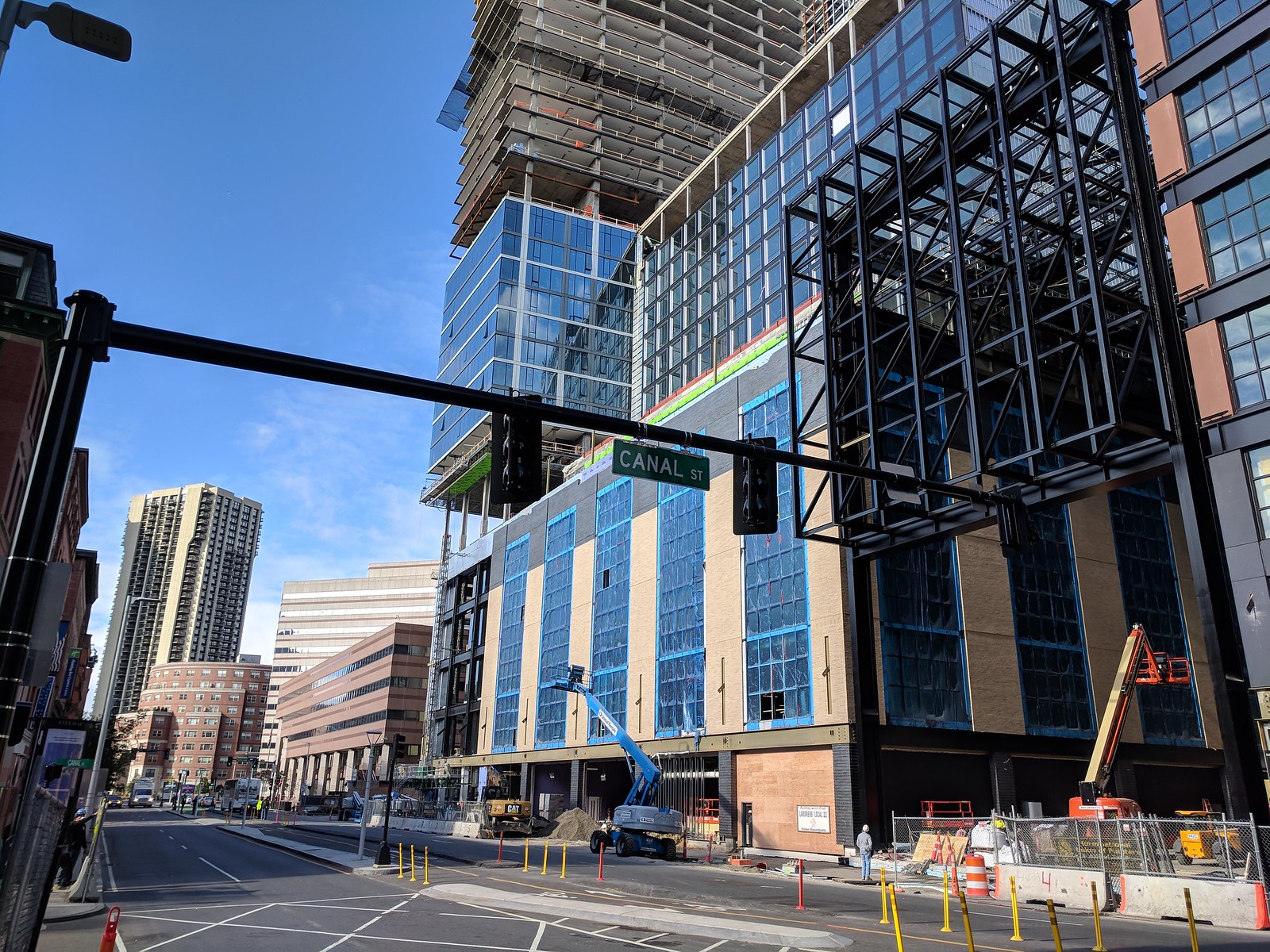Beton Brut
Senior Member
- Joined
- May 25, 2006
- Messages
- 4,382
- Reaction score
- 337
What makes this a shitshow/repellent?
It's difficult to argue in matters of taste, but I'll bite....
First off, I'll grant that polystylism is a successful and enduring approach within postmodern classical music. Perhaps bricolage is a concept more closely aligned with the architects' intentions here. Assigning a name to it is in the province of academia, and that certainly isn't my gig.
With all that out of the way, I have a strong preference for design that willfully integrates all of its elements. It can be bold or subtle, serene or aggressive. But it all needs to belong together, each element needs to belong to its peers within the composition. And honestly, this preference for belonging and integration extends to the music I gravitate to, the films I love, the books I revere, and the art I hang on my walls.
Since this scheme was first revealed, I had a strong and visceral distaste for it. A distaste at least as strong as what some folks feel for City Hall or the State Services Center. Blond and gray brick, terra cotta panels, digital camouflage Alucobond, mirror glass, bare black I-beams, steam-punk cantilevers with soffits clad in wood(?) -- van and Ruari used the word mess. That's a diplomatic understatement.
Taken as a whole, this is about as subtle and unified as a toddler's masterpiece. The clash of colors, materials, and disjointed articulation makes me wonder if designers from Fisher-Price have decamped from the toy factory for drafting tables in Gensler's offices.
I have no doubt that this will be a wildly successful development. But as a piece of design, it should have never made it past the BCDC.
Last edited:

